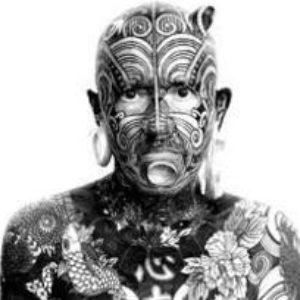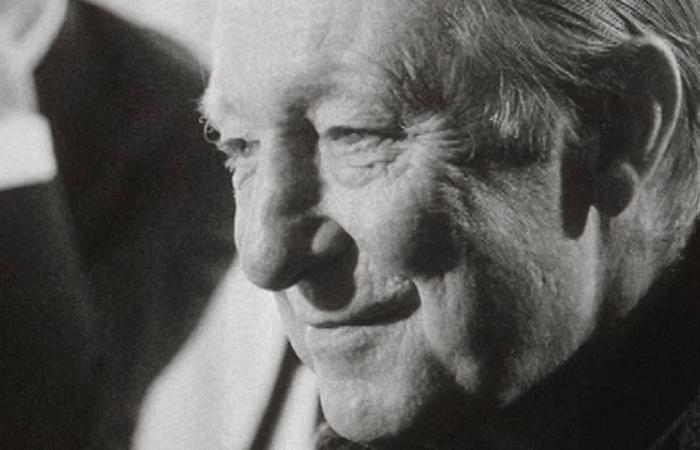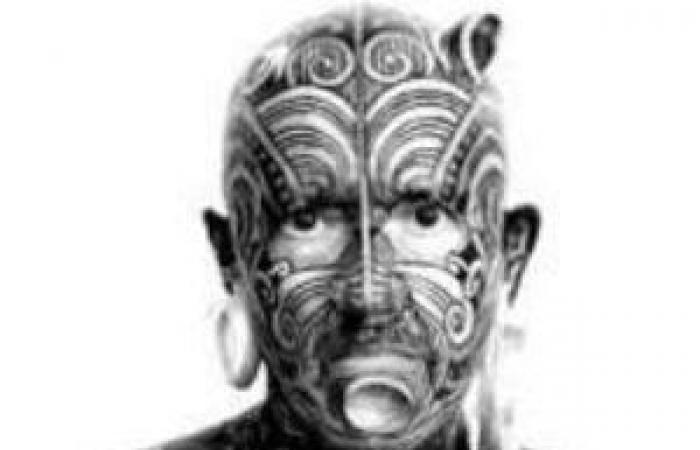Book –Infolio publishes a useful little work on Albert Skira
Geoffroy Kursner evokes the life and the work of the Genevan who created editions on art that we understand them today.

Posted today at 9:51 am

Albert Skira during a Roman TV program on March 25, 1966.
Screenshot.
Subscribe now and take advantage of the audio reading function.
It is a myth. It was also a reality. There was a time when the word “skira” served as a synonym for “art book”. Then “book on art”, which is not the same thing. This situation seems to me for a long time. Skira editions certainly still exist (1). But it is today from an Italian house, with siege in Milan. The brand was bought by Mondadori Electa in 1996 from the family, who had taken it back from Edipresse, who had herself acquired it from Flammarion. The current skira mainly publishes exhibition catalogs. A way to change without completely transforming.
“Minotaur” and “Labyrinth”
The Presto d’Enfolio collection releases these times a very useful little book on Albert Skira, born in 1904. Its author Geoffroy Kursner thus revives Memoirs. It should not be forgotten that man died in 1973, the same year as Picasso. It now seems very far. The great era of the Swiss dates back to the pre-war period, then leaving it. It is that of two journals that have become legendary. They were the subject of two exhibitions at the Rath Geneva museum. I mean “Minotaur” in 1987 and “Labyrinth” in 2009. It seems difficult to speak today about surrealism without having a few flattering words for “Minotaur”.
A book with Picasso
Albert Skira was therefore born in Geneva in 1904. Family not Italian, but Ticino. The real surname is Schira. Albert will modify it to facilitate pronunciation. Orphan of father at 16, he will have to quickly support his needs. Hence learning to Credit Suisse, which then seemed to be the embodied financial solidity. But art attracts him. Hence all kinds of food professions, such as teaching tango. As early as 1926, the young man stayed in Paris. He quickly thinks of a book illustrated by Picasso, when he does not have a penny in his pocket. He ended up by stubbornness by meeting the painter in 1928. An agreement is made on Ovid’s “metamorphoses”. They encourage imagination. No written contract. Hence a necessary harassment. The book appeared in 1931, but it is a commercial fiasco. A failure that will not prevent young Albert Skira from running now after Henri Matisse. new financial failure of the result in 1932…
Retout in Geneva
A true economic conjurer, Albert Skira therefore launched “Minotaur” in 1933. A luxury review, while times now seem to frugality. The existence of the magazine, a very irregular publication, will be marked by crises for both editorial and money committees. The adventure will stop at war, which Skira will eventually go to Geneva by collaborating with Pierre Cailler. Consequently, the books on art dominate with “treasures of French painting” or works on French painters then like Maurice Barraud or Wilhelm Gimmi. There will of course be from 1994 the short epic of “Labyrinth”, but Skira editions operated their final moult. They will start looking for a new audience made up of wealthy and chosen amateurs no longer but simple people loving a painting which they will find in the form of reproductions in their library. People then had more books than today …
Factual story
Geoffroy Kursner gives his protagonist a documented portrait. Very well done, even if the novice reader may get lost a little. Skira’s life is nothing of the long, quiet river. Is it the legal training of man? The result is a little cold. Detached. Purely factual. Kursner is not involved as the fact, in the same collection, the Jacques Poget on Etienne Delessert which I told you about yesterday. This is another conception of biography, which must be part of the same pagination, oh so limited. In theory, all Presto have 62 pages.
(1) There were also in Geneva the fascinating editions of the “7th madman”, created in Geneva around 1980 by the daughter and the son -in -law. They also talked about art. Mainly of ancient architecture and sculpture.
Practical
“Skira, the art of the art book”, by Geoffroy Kursner, Presto collection, by Editions Infolio, 62 pages.
Born in 1948, Etienne Dumont In Geneva, studies that have been not very useful. Latin, Greek, law. A failed lawyer, he branched off towards journalism. Most often in cultural sections, he worked from March 1974 to May 2013 at the “Tribune de Genève”, starting by talking about cinema. Then came the fine arts and books. Other than that, as you can see, nothing to report.More info
Did you find an error? Please report it to us.










